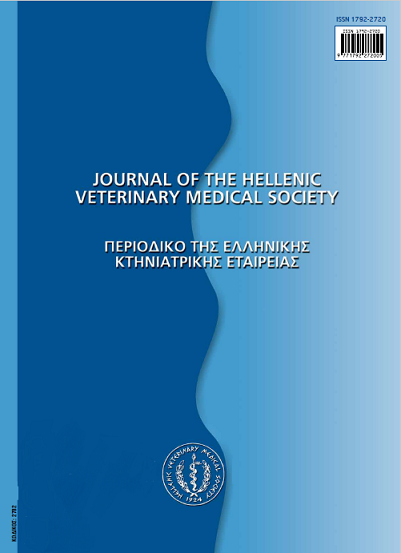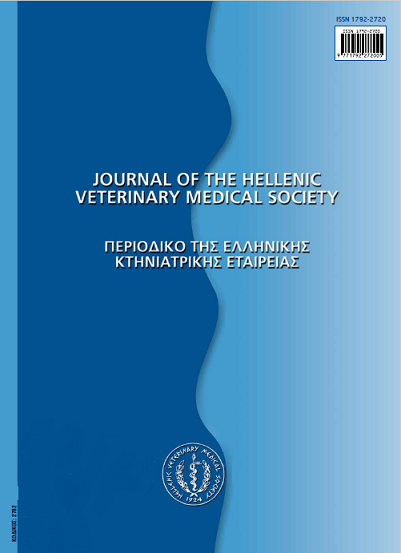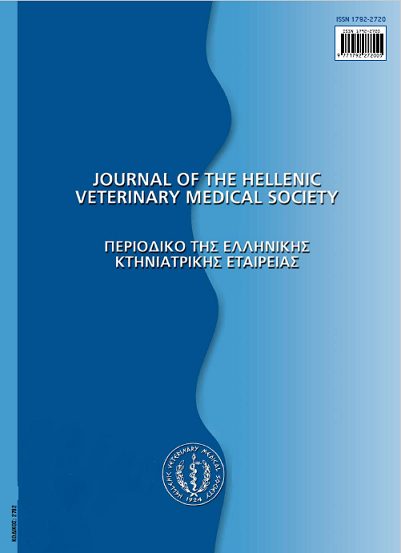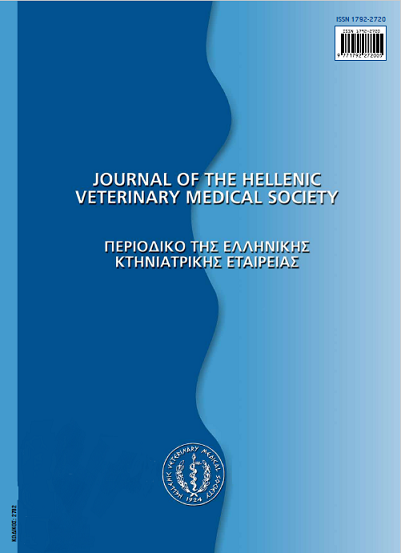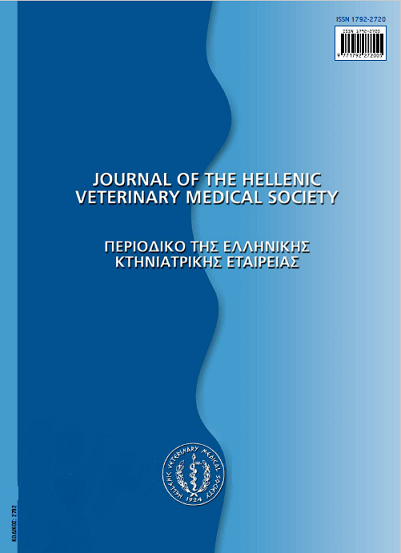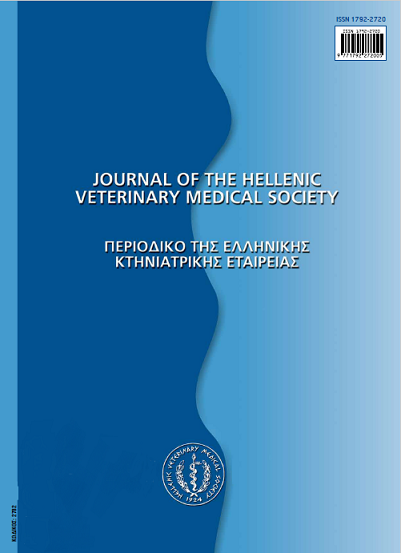Potential effect of Nigella sativa against Diethylnitrosamine-induced hepatocarcinogenesis in rats
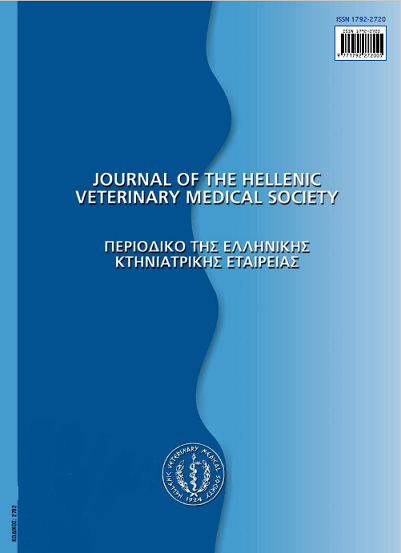
Abstract
Objective of the investigation was the study of potential protective effects of the watery extract of Nigella sativa against diethylnitrosamine induced hepatocarcinogenesis in rats. N. sativa was administered to rats for protection against diethylnitrosamine-induced hepatocarcinogenesis. It was administered prior to, simultaneously with or after injection of diethylnitrosamine. Five groups of Wister rats were used. Group A was administered diethylnitrosamine and N. sativa simultaneously, group B was administered only diethylnitrosamine and group C received only N. sativa. These three groups were maintained for up to eight weeks. Group D received N. sativa six weeks after administration ofdiethylnitrosamine,while group E (“protective group”) received N. sativa on day 1 and diethylnitrosamine six weeks later. These two groups were maintained for up to 12 weeks. All rats were subjected to partial hepatectomy to enhance carcinogenesis. P-isoform of glutathione s transferase (GST-P) was detected in the cytoplasm and nuclei of hepatocytes. The number of GST-P positive foci was significantly smaller in test groups (A, D, E), particularly in groups A and E, when compared with to those in group B, indicating that N. sativa has protective effects against diethylnitrosamine induced liver cancer in rats, even in the very early stages of hepatocarcinogenesis.
Article Details
- How to Cite
-
AHMED, S. E., BRELLOU (Γ. ΜΠΡΕΛΛΟΥ) G., GAMEEL, A. A., LOUKOPOULOS (Π. ΛΟΥΚΟΠΟΥΛΟΣ) P., & VLEMMAS (Ι. ΒΛΕΜΜΑΣ) I. (2017). Potential effect of Nigella sativa against Diethylnitrosamine-induced hepatocarcinogenesis in rats. Journal of the Hellenic Veterinary Medical Society, 65(1), 35–42. https://doi.org/10.12681/jhvms.15511
- Issue
- Vol. 65 No. 1 (2014)
- Section
- Research Articles
Authors who publish with this journal agree to the following terms:
· Authors retain copyright and grant the journal right of first publication with the work simultaneously licensed under a Creative Commons Attribution Non-Commercial License that allows others to share the work with an acknowledgement of the work's authorship and initial publication in this journal.
· Authors are able to enter into separate, additional contractual arrangements for the non-exclusive distribution of the journal's published version of the work (e.g. post it to an institutional repository or publish it in a book), with an acknowledgement of its initial publication in this journal.
· Authors are permitted and encouraged to post their work online (preferably in institutional repositories or on their website) prior to and during the submission process, as it can lead to productive exchanges, as well as earlier and greater citation of published work.



